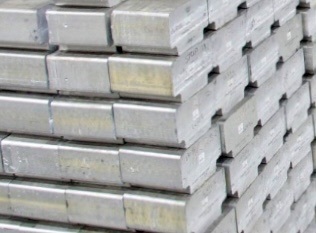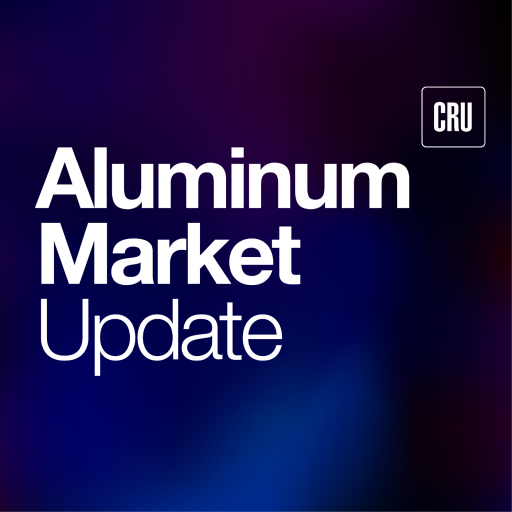Building & Construction

April 23, 2025
LME's Hong Kong expansion highlights market in transition
Written by Nicholas Bell
The London Metal Exchange (LME) finalized the operators for its new warehouses in Hong Kong, first approved back in January – which already feels like a lifetime ago given recent shifts in the aluminum market and global economy.
The licensed warehouses are operated through joint ventures between international logistics companies and local Hong Kong partners:
- PSE Ptd. Ltd. (Singapore) and SF Supply Chain (Hong Kong) will handle primary aluminum and aluminum alloy.
- Henry Diaper & Co. Ltd. (UK) and Sinotrans Warehousing Ltd. (Hong Kong) will manage aluminum alloy.
- GKE Metal Logistics Pte. Ltd. (Singapore) and China Resources Logistics (Hong Kong) will operate two warehouses accepting primary aluminum and aluminum alloy.
Timing, trade tensions and tariffs
This rollout lands right in the middle of escalating U.S.-China trade tensions. Section 232 tariffs are back in the headlines, and although Hong Kong once held separate customs status under U.S. law, that was revoked in 2020. That status used to offer Chinese-origin metal a quieter, less politically sensitive path for Chinese metal to enter the global market.
Even with that change, Hong Kong still plays a unique role. It’s outside China’s capital controls, with deeper financial infrastructure than regional competitors like Vietnam or Malaysia. That matters when we’re talking about metals financing, futures delivery and arbitrage.
Warehouse…but on whose turf?
The irony here is thick: Hong Kong Exchanges and Clearing has owned the LME since 2012, but the region never had an LME-approved warehouse, until now. These new sites sit just across the border from two of China’s biggest ports, Shenzhen and Guangzhou. That alone makes them strategically significant, especially as firms look for ways to arbitrage SHFE-LME spreads or sidestep bottlenecks tied to mainland policies.
But does it change the game?
Probably not. The global aluminum market has already been shifting toward Asia. SHFE has closed the gap with the LME in terms of traded volume, and more aluminum is now priced off Chinese domestic fundamentals than ever before. SHFE contracts, denominated in Yuan, give Chinese producers and consumers tools to hedge locally, rather than depend on dollar-based contracts out of London.
Meanwhile, the LME is trying to defend its turf as the global pricing benchmark. But it’s an uphill climb. With more trade barriers, tariffs, and regional supply chain rewiring, we’re seeing fragmented price discovery. That weakens the LME’s grip.
Two markets, one metal
These new Hong Kong warehouses aren’t a game changer, but they do make a statement. The LME sees the writing on the wall and is planting a flag in Asia’s backyard, even if it’s late to the party. With the U.S. leaning deeper into protectionist trade policies, and China punching back, the global metals trade is increasingly split between two systems.
This is less about warehousing and more about relevance.







